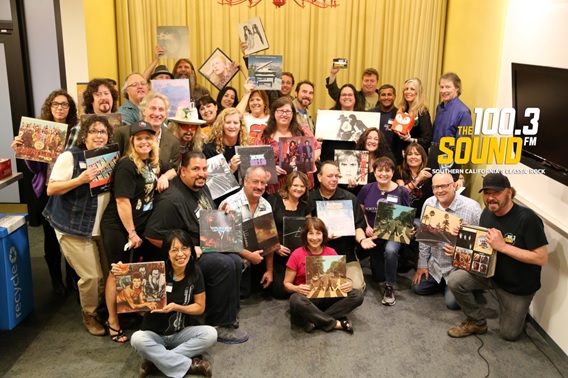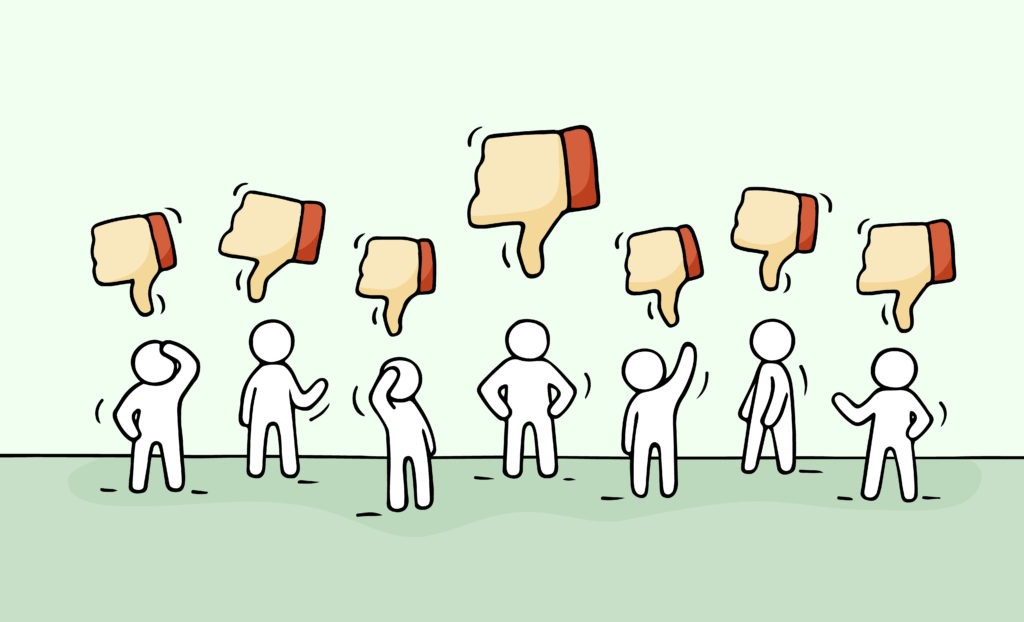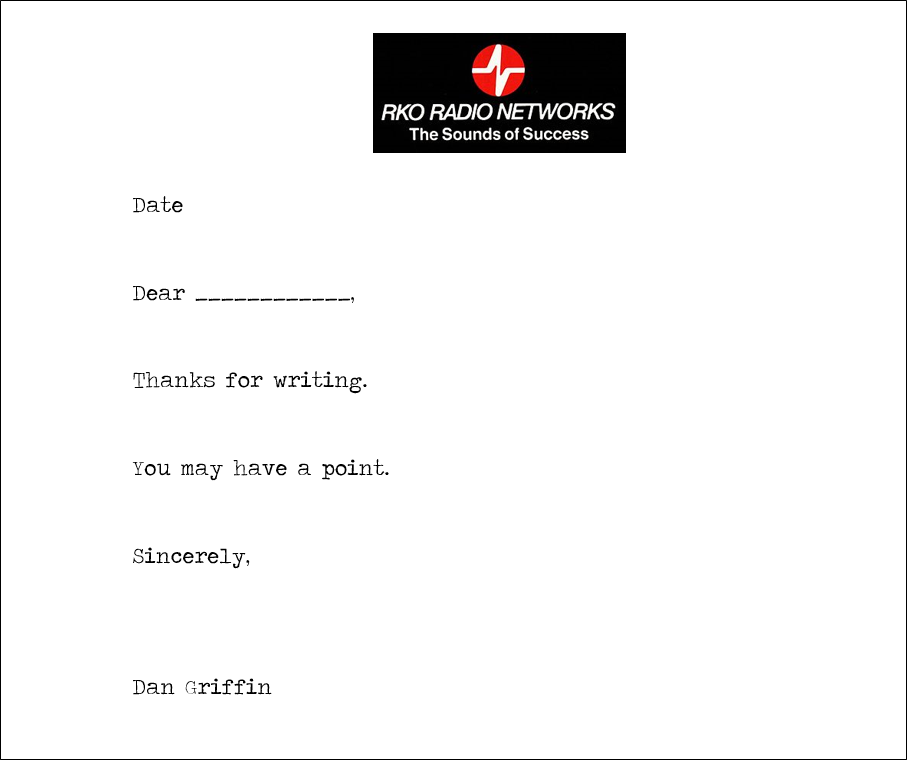
In yesterday’s post, we talked about ESPN’s real-time pivot to address fan outcry via social media during a live Monday Night Football broadcast. What was the brouhaha all about? The background color of the down/yards-to-go graphic in the bottom corner of their on-screen dashboard was a confusing yellow – the same color traditionally used to signal a penalty on the play. Fans whined loudly on Twitter throughout the first two quarters of the game. By halftime, ESPN fixed it.
That rapid response reaction to complaining consumers – even from major brands – is becoming all too common. In the new issue of the New Yorker, Michael Schulman pens a great story: “Superfans: A Love Story.”
It focuses on that core of the core fans – or “stans” – fervent, zealous, vocal, and often influential behind-the-scenes players that are part of a brand’s fan base. Whether we’re talking movies, sports, music, TV series, Broadway shows, comic books, video games, or politicians, fans now have the profound power to make their feelings known – and sometimes even change the course of a strategy.
This is nothing new. We’ve talked in this space about Coca-Cola’s rapid pivot from New Coke to Classic Coke back in the 80s. And that was before Facebook and Twitter.
Today, radio stations and its personalities may be a subset of this larger pop culture phenomenon. A look at many social media pages and feeds reveals highly activated core fans – unashamed, untethered, and unafraid to make their feelings known (especially, but not always with the comfort of anonymity).
In the film industry, the release of a trailer for an upcoming release can unleash a torrent of fan reaction and outcry. In the New Yorker story, movie producer Michael Bay poses the question that’s on everyone’s minds in the entertainment industry:
“Is the fan base so strong and such an important part of the box office that we have to change something to keep them happy?”
Replace “box office” with “ratings” and you’ve got the everyday radio conundrum. Yes, we have audience research and advertiser feedback, but then there are the fans going off on Facebook. What do we do about them?
Many years ago while doing research at MTV, we were testing a new show (the name is irrelevant). In it, there was a segment about audience tribes. The show pointed out how the word “fan” is derived from “fanatic.” As Schulman points out, the root is “fantaticus,” meaning “of or belonging to the temple, a temple servant, a devotee.” Clearly, there’s a fine line between loving a brand and going over the top that’s now being regularly crossed.
Today, in pop culture, it is more than apparent that fandom has reeled out of control, especially when you consider how entire conventions are now designed around brand franchises that mean a great deal to regular consumers. And like that definition, these core followers often display an almost religious fervor about their passions and those they worship.
And that’s the overriding point. For many people, their allegiance and devotion to celebrities and media brands provides a sense of security and connection in their lives. Becoming a member of a club or a tribe provides a sense of belonging.
 As Schulman notes, many of the “premier” associations modeled around music stars have developed their own follower brands – Lady Gaga has the “Little Monsters” while Justin Beiber has his “Beliebers.”
As Schulman notes, many of the “premier” associations modeled around music stars have developed their own follower brands – Lady Gaga has the “Little Monsters” while Justin Beiber has his “Beliebers.”
This level of core fandom can even spring up around a TV news show and even a correspondent. “Dateline NBC’s” Josh Mankiewicz (who spoke about this topic at a Jacobs Summit a few years ago) has his Dateline Divas. That group formed organically (perhaps the best way), and numbers 5,000 members on Twitter. They often watch the show together online in real time, sipping a glass of wine and talking about what they’re seeing on their TV screens.
Then there’s Pearl Jam’s Ten Club, an association that promises pre-sale  tickets and other perks to paying members. The Ten Club turns 30 years-old next year, another sign of its vitality and relevance to core fans of the band. There are scores of these insider clubs throughout the music industry, as well as across the pop culture ecosphere.
tickets and other perks to paying members. The Ten Club turns 30 years-old next year, another sign of its vitality and relevance to core fans of the band. There are scores of these insider clubs throughout the music industry, as well as across the pop culture ecosphere.
So, what does this mean for radio and stars behind the mic?
For the best stations and the most dynamic personalities, the foundation of these fan bases is likely exists already in some form. It just may need to be tapped, nurtured, and encouraged.
At KSWD/The Sound in L.A, we created our own fan club, using our email database as a filter to find the most passionate and connected fans. It turned into an elaborate process of finding the types of people who not only loved the station, but also were willing to sing its praises on their social media platforms.
Of course, the “cost’ was doing more than listening to these uber listeners, known as the Backstagers – it meant truly hearing them, discussing programming philosophy with them, and actually making some of their ideas come to life, on and off the air.
For Dave Beasing, who was programming and guiding The Sound, the Backstagers could be a mixed blessing. They were insightful, passionate, and totally engaged with the brand. But they also could be needy, vocal, opinionated, and time-consuming.
But that’s the way it should be. Because when you reach out to the core of the core and ask for their support, the relationship demands understanding, respect, and reciprocity. If you’re not prepared to do that as a brand, you’re getting ahead of your skis – and your audience. And you can end up actually creating hard feelings and even collateral brand damage.
Interestingly, it will soon be two years after the Sound left the Southern California airwaves. And the Backstagers are still together. Out of the box, five or so minutes after we brought them together, they bonded. That sounds cliché but the fact is, they launched their own Facebook page the first night they met one another at the station, and many have remained close friends. The fact they still lovingly talk about the station well after its flip to Christian tells you all you need to know about invested they were – or still are.
 Looking back on this fan experiment, the upsides of the Backstagers initiative outweighed the speed bumps that inevitably occur when a brand brings its core fans together.
Looking back on this fan experiment, the upsides of the Backstagers initiative outweighed the speed bumps that inevitably occur when a brand brings its core fans together.
But we’re living during a time when people need to be heard – by their employers, their partners, and even by the brands they support…and recommend.
And as most stations and personalities come to the realization that in today’s radio industry, marketing support from the company will likely be minuscule or non-existent, these fan groups become an even more important extension of the marketing team – your “social 6th man.”
As marketers and brand managers, we owe a debt of gratitude to those who take the time to reach out to offer feedback, suggestions, or even to express anger. Whether they are fans or full-blown fanatics, as brands that depend on public support for survival, they must be heard.
When I started programming WRIF in the early ’80s, I committed myself to fan outreach. I hosted an “Ask the PD” show each quarter on Sunday nights, a call-in show where listeners could “ask me anything” about the station, the radio market, or rock n’ roll.
And when people took the time to write me a letter or note (yes, way before email and Facebook), I dutifully responded to each and every one of  them, often taking time to explain the station’s strategy.
them, often taking time to explain the station’s strategy.
One day, I was in New York City, visiting my friend Tom Bender, who was heading up RKO’s radio network programming at that time. Tom’s boss was a guy named Dan Griffin, who looked like he was sent from central casting to head up the radio network. He was sharp, suave, and seasoned – the kind of person I knew I could learn from when I first got Jacobs Media going.
We were having dinner together one night when this question of how to respond to fans came up. I explained how I lovingly took the time to craft detailed. personal responses to audience members who wrote.
Dan gave me that smile, and told me he responded to every listener as well, but took a lot less of his time to do so. When I asked him how he was able to pull that off, he told me he wrote the exact same 5-word response to everybody, no matter their complaint or concern. And it worked.
I was hooked. What was the secret of his response that acknowledged fans, without engaging them in long back-and-forth arguments or stirring their anger?

Maybe Dan had it right all along.
- What To Do If Your Radio Station Goes Through A Midlife Crisis - April 25, 2025
- A 2020 Lesson?It Could All Be Gone In A Flash - April 24, 2025
- How AI Can Give Radio Personalities More…PERSONALITY - April 23, 2025




Ascertainment at its best! Connected presentation is essential, saves and makes money.
That it does, Clark.
That Dan Griffin letter is priceless … I think I’m gonna steal it
Now you’re thinking like a consultant!
I would have been paraphrasing Dennis Miller:
“That’s just your opinion. You could be wrong.”
Maybe I’ve just had too many of these uber-fans tell me why a wider playlist will guarantee a bigger audience, and not understand the explanation of why not. (Sigh.)
I’m not saying they’re right. They are often in it for their own interests, of course. I’m just saying we have to listen to them. And in the words of Dan Griffin, consider what they’re telling us.
And I didn’t intend to imply you were wrong, Fred. It’s just that listeners — no matter how engaged with the station — are so much into “their own interests” and often unaware of what we need to do in order to maintain audience levels. If we are TOO friendly to them they will expect us to program based on their criteria. Then we risk losing them when we won’t.
I got a chuckle out of Dan’s letter but have experienced far too many of the ubers who would interpret it as meaning they were right … and expect “their way” to start showing up in the on-air product.
If there is a truly effective way to keep these listeners engaged without eventually having to tell them off because of their insistence on bad programming philosophy, I’ll sign on in a heartbeat.
A fine line, KM. We need to hang onto every one of them, even though it may be impossible to please them. It’s a Rubik’s Cube. Thanks for engaging here.
Back from my nap.
Dan Griffin for President!
I wish I knew where the hell he is.
I wish I had those five words ready a couple of weeks ago when a listener berated me for not playing a certain song on our classic hits station. It wasn’t one we would play in the first place, but we didn’t have it on hand, and replied to thank him for the request, but I could not fulfill it.
Reply: “Why can’t you just download it off YouTube?”
I explained that 1)the audio quality would be below our standards and 2) doing that without paying for it would be illegal.
That wasn’t good enough. He wanted to know why, since we played “thousands” of songs (it’s a LOT less than that), we couldn’t accommodate his wish. He then proceeded with a laundry list of demands.
Those five words to him in a short, sweet email could have saved me a lot of frustration.
Don, thanks for the comment. You may have a point. 🙂